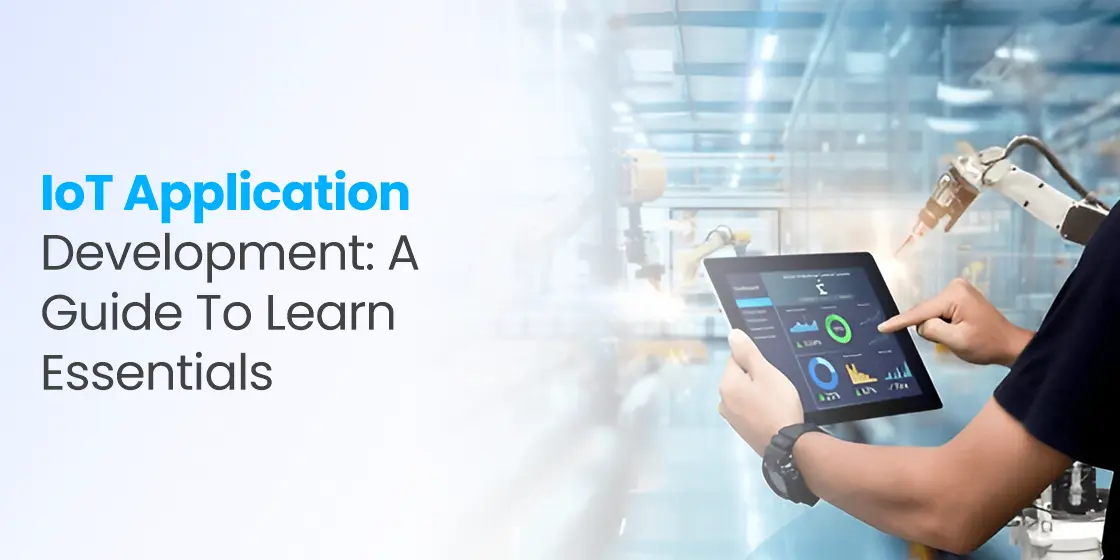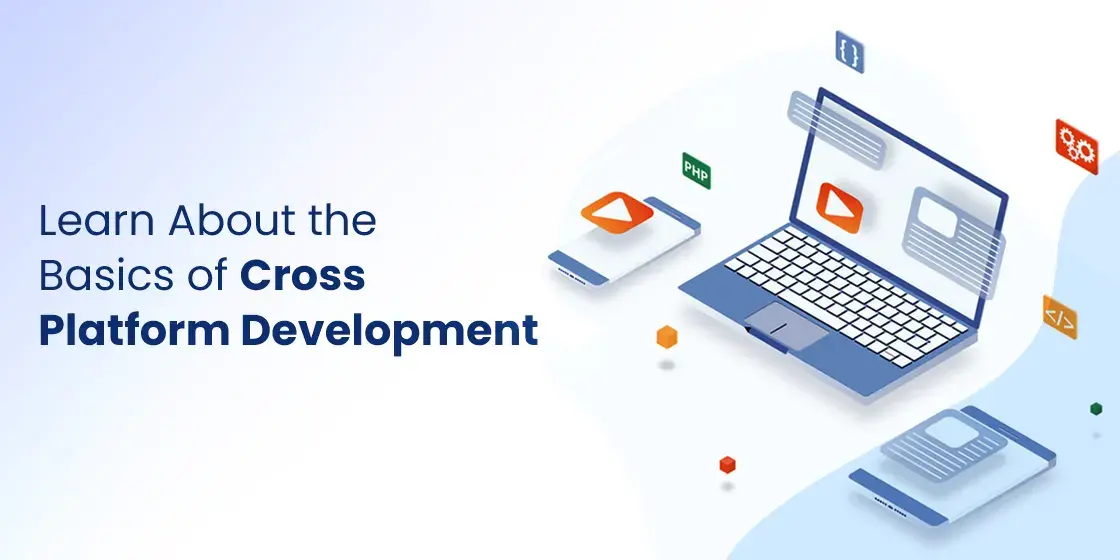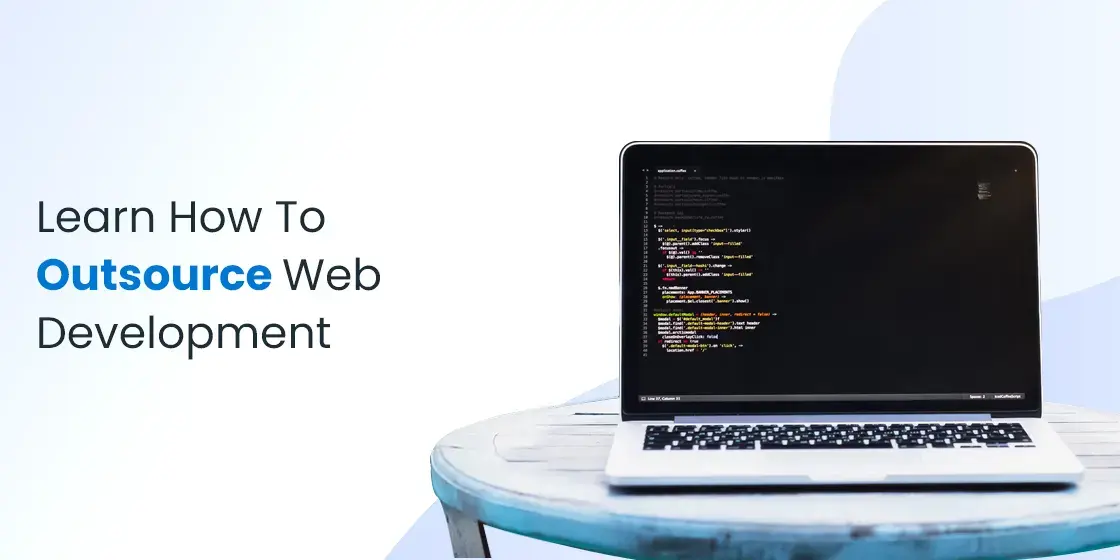Table of Content
Learn How to Build and Deploy Advanced IoT Applications
The Internet of Things (IoT) is no longer a futuristic concept. It’s a present-day reality that’s transforming the way we interact with the world around us. From smart homes and wearable devices to connected cars and industrial automation, IoT applications are making everyday objects smarter and more responsive. At the heart of this revolution lies IoT application development, a field that combines embedded systems, cloud computing, and data analytics to create seamless digital experiences
What’s fueling the growing demand for IoT application development is the global push toward digital transformation. Businesses are increasingly investing in IoT solutions to optimize operations, reduce costs, and gain real-time insights into their environments. Consumers, too, are embracing connected devices that offer convenience, security, and personalization. As a result, there’s a rising need for skilled developers who can design, build, and manage scalable IoT apps that deliver tangible value.
Moreover, advancements in technology are accelerating the potential of IoT applications even further. Powered by custom software development services, these innovations enable faster data processing, lower latency, and smarter decision-making, all of which are critical for next-gen IoT systems. Keeping all these in view, if you want to learn the IoT application development properly, this blog would prove to be a good informational source to you. Let’s start from the basics understanding what is IoT and how it is bringing transformation in the tech world.
What is Internet of Things (IoT)?
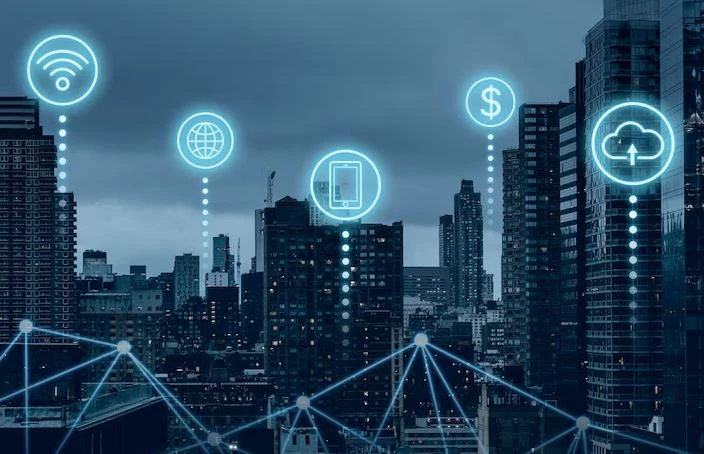
The Internet of Things (IoT) refers to a network of physical objects that are embedded with sensors, software, and other technologies to connect and exchange data with other devices. These objects can range from household items like thermostats and refrigerators to industrial tools and medical devices. By enabling these devices to collect and share data, IoT makes it possible to automate processes, improve efficiency, and provide insights that were previously difficult or impossible to obtain.
A key feature of IoT is its ability to communicate without direct human intervention. Devices can monitor their environment, send updates, receive instructions, and even take actions based on data they receive. This interconnectivity also plays a critical role in smart cities, healthcare, transportation, and energy systems, helping to optimize services and reduce waste.
However, the expansion of IoT also raises challenges, especially around security, privacy, and data management. With billions of devices connected to the internet, the risk of cyberattacks and data breaches increases. Ensuring the safe transmission and storage of sensitive data is a top concern for developers and regulators alike. Despite these challenges, the IoT continues to grow rapidly, promising a future where everyday objects are more interconnected than ever before.
Why Businesses are Paying Attention to IoT?
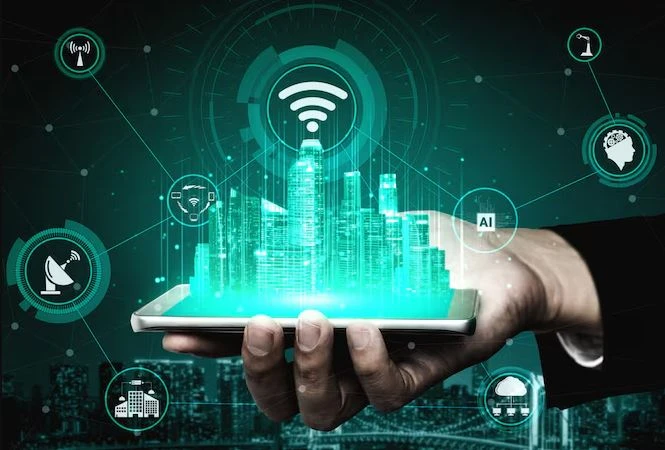
Businesses are paying attention to the Internet of Things (IoT) because it provides a powerful way to improve efficiency and reduce costs. By using connected devices to gather real-time data, companies can automate processes, and make faster decisions. The implementation of IoT in manufacturing and logistics helps predict equipment failures, track shipments, and optimize production schedules, which leads to reduced downtime and increased productivity.
Another key reason for growing business interest in IoT is its ability to enhance customer experience. IoT technology allows companies to understand how customers interact with their products and services. This data enables them to offer personalized services, timely support, and even new offerings such as usage-based pricing. In sectors like retail and hospitality, connected devices help track consumer behavior, and deliver more responsive services.
Furthermore, IoT opens up opportunities for innovation and competitive advantage. As markets evolve, businesses that use IoT can adapt more quickly by relying on data-driven insights. They can develop smarter products, improve safety and compliance, and react more effectively to market demands. With these benefits, IoT is becoming a central part of digital transformation across various industries, helping companies stay ahead in the technological landscape.
IoT Application Development: Important Steps to Follow
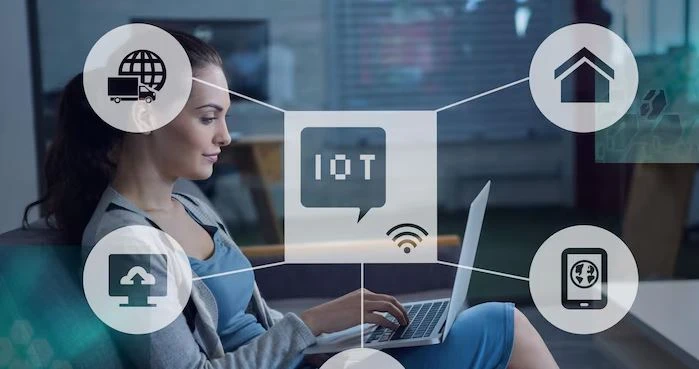
Building an IoT application requires a planned approach. A lot of people do not pay attention to this method, which is why often fail to make the process work properly. If you don’t want to see such fate, take a look at the step by step approach given below.
Create Strategic Plan
Developing IoT applications begins with the creation of a well-defined strategic plan. This involves clearly identifying the problem you aim to solve or the opportunity you want to seize through IoT technology. It is important to assess the specific goals of the application. A strategic plan should also include a thorough analysis of the current infrastructure, and potential return on investment. This stage often involves collaboration between technical teams, and end-users to ensure alignment with the organization’s broader objectives.
In addition to defining goals, the strategic plan should outline the technical framework of the IoT solution. This includes deciding on the types of devices and sensors needed, determining how data will be collected and transmitted. It is also critical to consider issues such as scalability, data privacy, and integration with existing systems. By laying out a detailed roadmap that covers both business and technical aspects, organizations can set a solid foundation for the successful development of IoT applications.
Choose Tech Stack
Selecting the right technology stack for IoT application development involves evaluating several key components based on the specific functional requirements of your project. The first step is to consider the nature of the devices and sensors that will be used. This will influence choices around hardware platforms as well as embedded operating systems. Connectivity is another major factor in which depending on the range, and bandwidth speed, you might opt for Wi-Fi, Bluetooth, Zigbee, LoRaWAN, or cellular networks.
Once the hardware and connectivity options are determined, the focus shifts to software components and backend infrastructure. This includes selecting programming languages, cloud platforms, and data processing tools for analytics and storage. The tech stack should support real-time data transmission, and include security features such as encryption and access control. Additionally, integration capabilities with third-party systems, and community or vendor support should also be considered to ensure long-term success of the IoT application.
Turn your concepts into mobile apps brimming with advanced features. From inception to deployment, make a distinct impact in the market.
Contact Now
Start Development
After selecting the appropriate technology stack, the next step in IoT application development is to design and prototype the system. This involves creating a detailed IoT architecture that outlines how devices, cloud services, and user interfaces will interact. At this stage, developers begin building a functional prototype using selected sensors, microcontrollers, and communication modules. The prototype helps test the system’s core functions, such as data collection, transmission, and processing.
Once the prototype proves successful, development moves into the implementation and integration phase. This involves writing firmware for the devices, setting up cloud services, and developing applications for user interaction. Security features, encrypted data transmission, and user access control should be embedded throughout the system. With the core features implemented, the application is then prepared for deployment, starting with pilot testing before scaling up to full production.
Test and Deploy
After completing development, testing an IoT application is critical to ensure that all components function as intended under various conditions. This process starts with unit testing and integration testing to validate the performance of individual modules and their interactions. Functional testing ensures that devices accurately collect and transmit data, while system testing verifies end-to-end workflows. Performance testing is also important, especially for applications that must operate in real time or handle large volumes of data.
Once the application passes all testing phases, it can be prepared for deployment. This typically begins with a pilot launch in a controlled environment to monitor the system’s behavior in real-world scenarios. During deployment, it’s important to implement monitoring tools to track system health, device connectivity, and data flow in real time. Ongoing maintenance and support are essential to address updates, troubleshoot issues, and scale the application as user demand grows.
Frequently Asked Questions
| What is Internet of Things? The Internet of Things (IoT) is a network of interconnected physical devices that collect and exchange data through the internet. These smart devices can monitor, and respond to real-world conditions without direct human input. |
| What is IoT application? An IoT application is a software solution that connects and manages smart devices to process data for specific tasks or services. It enables automation, remote control, and real-time insights across various environments. |
| Why IoT applications are getting popular in the world? IoT applications are gaining popularity because they enhance efficiency, and data-driven decision-making across industries. They also enable smarter products and services, improving user experiences and creating new business opportunities. |
Final Words
That concludes our entire article in which we have discussed complete development process of IoT applications. These systems are getting highly popular, as businesses are rapidly deploying them to integrate all their devices into a one coherent system. By learning the IoT application development process effectively, you can build powerful systems capable of aligning all the devices in a singular connected ecosystem. This blog has therefore discussed key points related to IoT app development, so make sure to read it thoroughly the understand all the technicalities effectively.
Empower your digital initiatives with BariTechSol, a premier custom software development company. Our skilled team tailors cutting-edge solutions to your unique needs. Elevate your tech experience and stay ahead in the digital realm. Partner with BaritechSol and code the success of your next big idea.
